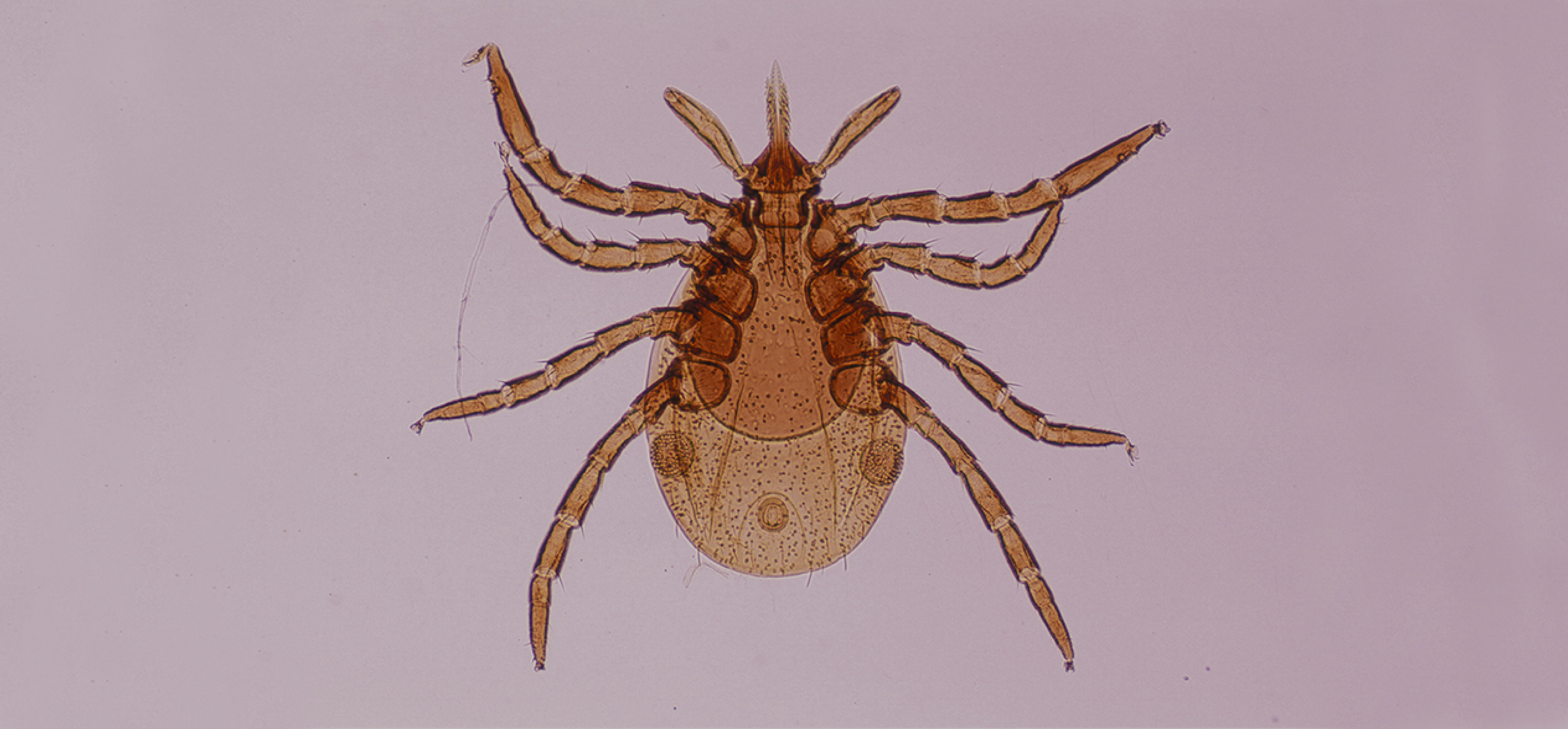
Ticks in the Nordics:
What You Need to Know
Experts states that warming climate is making it easier for tick populations to grow and thrive in the Nordics
Over the last decades, tick abundance has been on the rise in the Nordic countries. Climate change is a major contributing factor since ticks thrive and stay active for longer periods of the year in a warming climate. This means exposure to ticks is increasing – and it may have health implications for pets, their owners and the general public in the Nordic countries. Other factors that contribute include globalisation, changes in wildlife, nature conservation efforts, changes in land use, and pet travel and import without proper treatment against ticks.
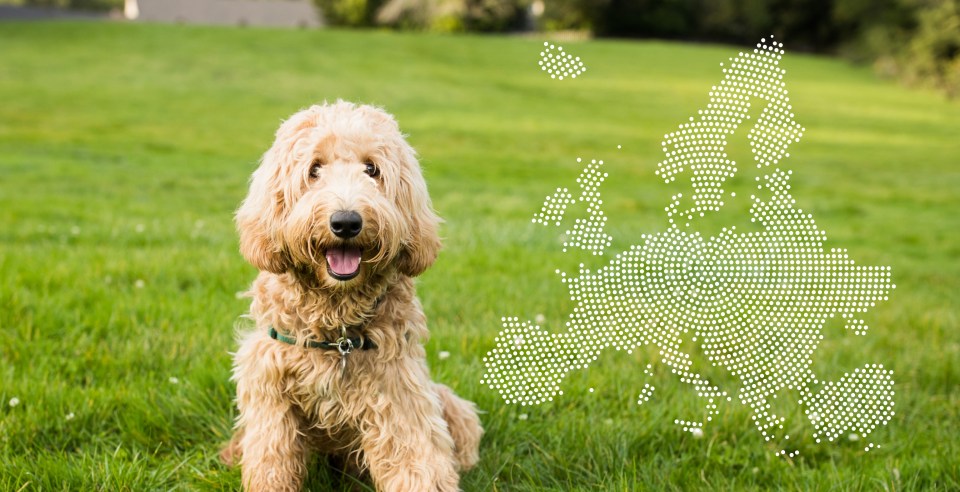
Help your clients and their pets avoid ticks and tick-borne diseases.
Here’s what the leading experts and scientists recommend:
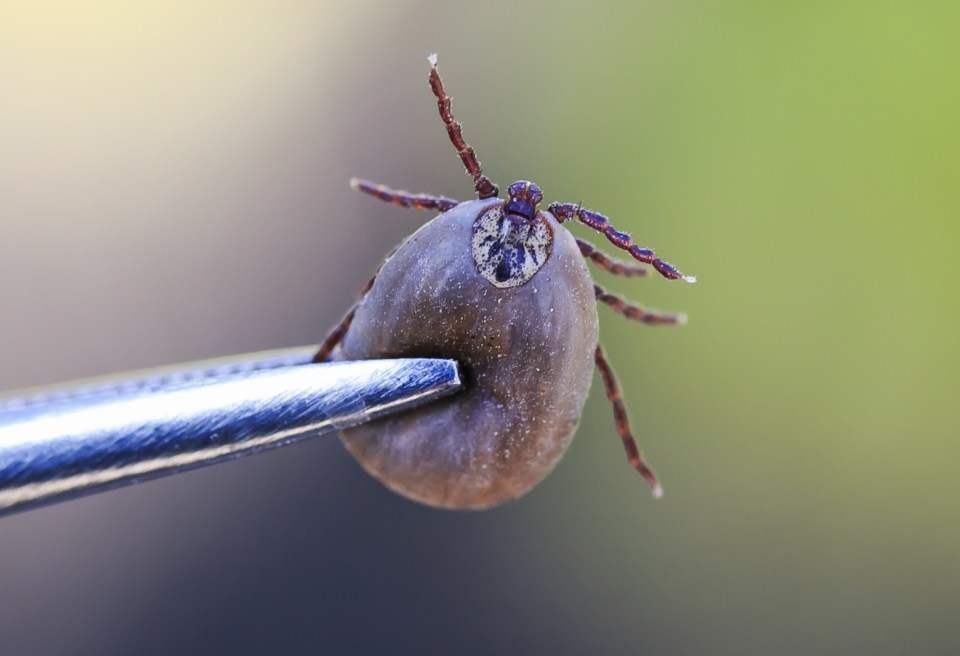
RISKS TO PETS AND HUMANS
Historically, tick-borne diseases in dogs and cats have been rare and mild in the Nordic countries. However, as ticks become more common and widespread, there’s an increased risk of tick-borne pathogens like Borrelia spp. and Anaplasma phagocytophilum infecting dogs, cats, and other animals. Many of these pathogens can also affect humans.
TICKS IN URBAN AND SUBURBAN AREAS
Ticks are not limited to forests and rural settings. They also thrive in cities and suburban areas, particularly in parks, gardens, and even near beaches. Pets like dogs and cats can unintentionally create suitable conditions for ticks in our own yards and cities if they are not treated against ticks. As ticks become more abundant and widespread and stay active for longer periods of the year, both pets and their owners are increasingly exposed to them, especially when spending more time outdoors.

READ OUR NEW WHITEPAPER ON TICKS IN THE NORDICS

If you want more information about ticks and tick-borne diseases in dogs and cats in the Nordic countries, you can download our latest whitepaper that builds on the knowledge of leading experts. It provides insights that we hope you will find valuable and helpful when it comes to assessing the risk of ticks and tick-borne diseases in a warming climate.
TICKS TRAVEL FAR AND WIDE
While tick-borne diseases have historically been rather mild in dogs and cats in the Nordics, there are tick species further south in Europe that can cause serious diseases in both animals and humans. Migratory birds and imported or traveling pets can transport ticks over long distances, potentially introducing new tick species. These ticks can establish themselves in new areas if the climate and available host communities are suitable. Some tick species, such as the meadow tick, the brown dog tick and the giant/hunter tick, are particularly concerning.
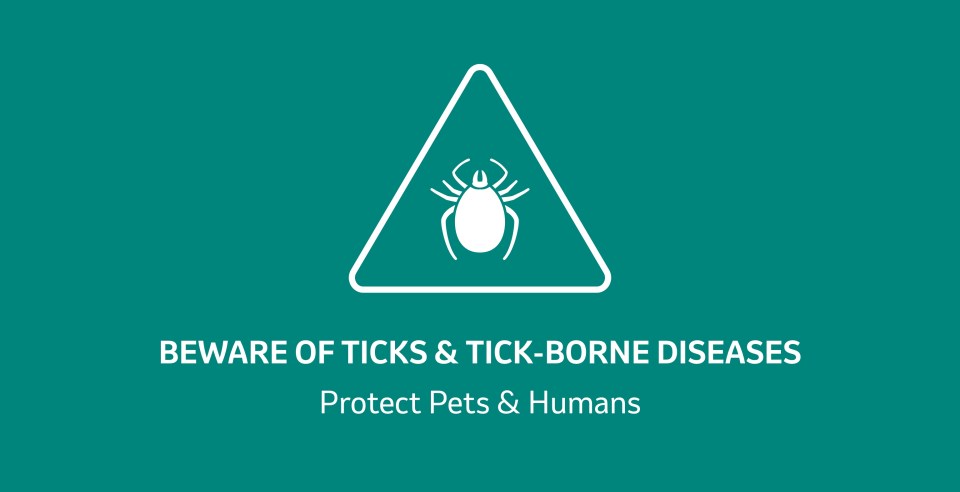

The One Health approach
The One Health approach
There is an important need for a more holistic One Health approach that incorporates both animal and human health perspectives in addressing tick-related issues. Together we can improve the way we communicate the risks without causing panic and help people take appropriate precautions.
Treating pets can indirectly protect humans
By treating dogs and cats against ticks, humans can be indirectly protected, as it helps reduce tick populations in gardens, parks and other shared environments.
Be careful when travelling with or importing pets
Pet owners need to be aware of the risks associated with travelling with or importing pets from countries with other tick species. Untreated pets can bring ticks that can establish here in a warming climate.

Research and preparedness
The leading experts on ticks and tick-borne diseases also highlight that more research, surveillance, and information-sharing is key to addressing ticks and tick-borne diseases in pets, other animals, and humans. Prioritizing preparedness for emerging threats is essential to keep everyone safe and healthy. You can read more about this in our whitepaper.

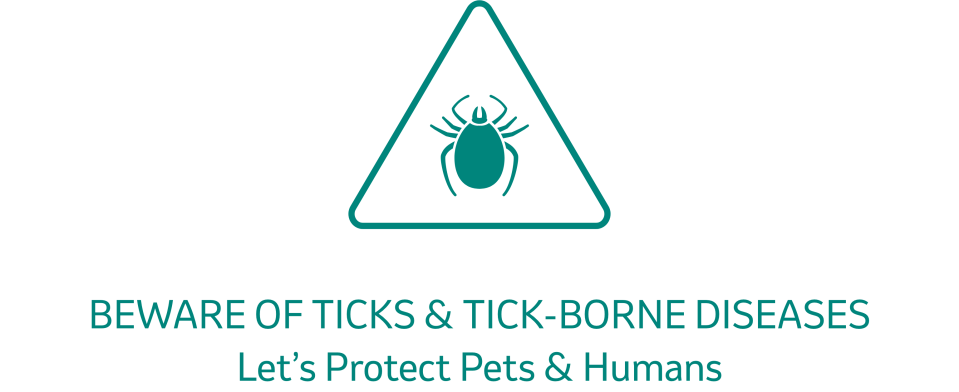
SE-NON-230500002
